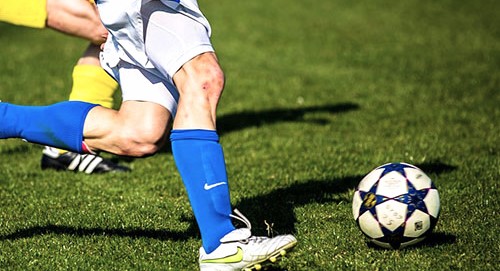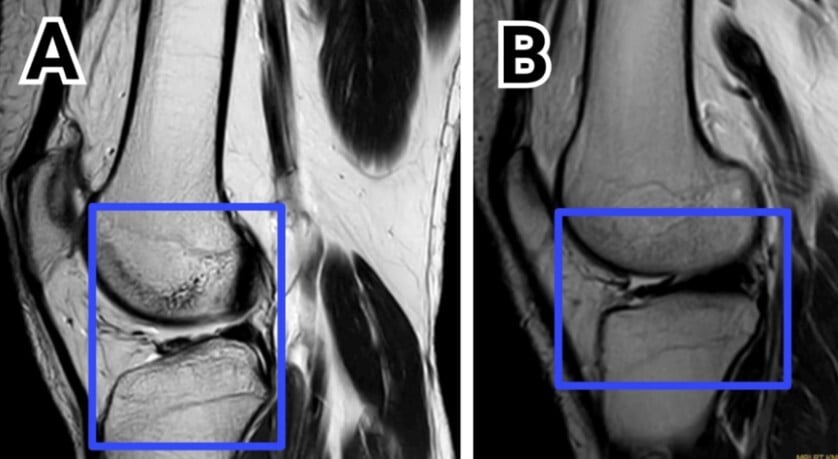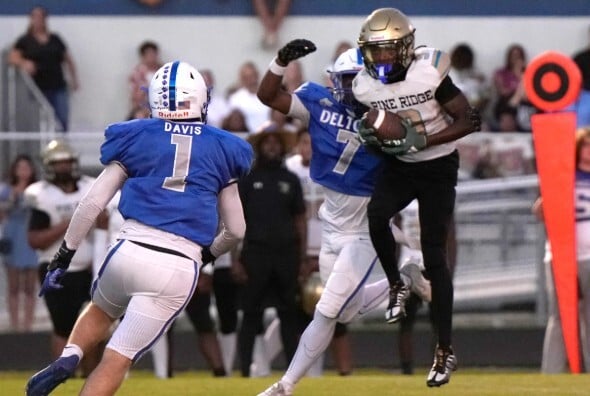Rising Rates of ACL Injuries in High School Sports: A Call for Action
 Recent data analysis has revealed a concerning increase in anterior cruciate ligament (ACL) injuries among high school athletes, prompting a call to action from health and sports organizations.
Recent data analysis has revealed a concerning increase in anterior cruciate ligament (ACL) injuries among high school athletes, prompting a call to action from health and sports organizations.
 The National ACL Injury Coalition conducted a comprehensive review, examining injury data from 12 major girls' and boys' sports over fifteen years.
The National ACL Injury Coalition conducted a comprehensive review, examining injury data from 12 major girls' and boys' sports over fifteen years.
The findings show a significant 25.9% increase in annual ACL injury rates, with these injuries now constituting over 14% of all knee-related injuries in high school sports.
This analysis, the first of its kind since 2013, utilized data from the High School RIO surveillance program, which included reports from certified athletic trainers across more than 100 U.S. public high schools. The study observed an average annual growth rate in ACL injuries, with a notable 12% increase when examined yearly.
Dr. Joseph Janosky, the lead researcher for the coalition and director of athlete health at Hospital for Special Surgery (HSS), emphasized the serious short-term and long-term health impacts of ACL injuries, including the risk of developing osteoarthritis.
The study also highlighted a significant gender disparity, with girls, particularly in sports like soccer, basketball, and lacrosse, experiencing higher rates of injury compared to boys.
One striking finding was the prevalence of non-contact ACL injuries, especially among girls. More than half of ACL injuries in girls' sports were non-contact, with girls' lacrosse reporting an alarming 82.5% rate.
These injuries often occur during pivoting or landing movements, underscoring the importance of neuromuscular control.
The coalition's analysis also pointed to a concerning spike in ACL injuries during the pandemic, suggesting a link between increased sedentary activity and inadequate neuromuscular control. This lack of control not only raises the risk of injury but also contributes to the severity, with girls more likely to suffer complete tears.
In response to these findings, the National ACL Injury Coalition, formed by the Aspen Institute and HSS, is advocating for increased neuromuscular training in schools and sports programs.
This type of training, proven to reduce ACL injuries, involves exercises that enhance lower body strength and control. The coalition is developing resources, including an app called RIIP Reps, to facilitate the implementation of these preventive exercises.
Additionally, the coalition aims to improve public awareness, collaborate with sports and school leaders on policies and incentives, and ensure health equity in injury prevention. Given the high cost of ACL injury treatment, the coalition is also focusing on making prevention and care accessible to underserved communities.
Dr. Janosky urges the high school sports community to join in these efforts, emphasizing the need for a united front to protect the health of young athletes.
By bridging the gap between research and real-world application, the coalition aims to make a significant impact in reducing ACL injuries and promoting safe sports participation.
Read the full analysis!
![HR Logo [Recovered]_Full Color Vertical-1](https://blog.healthyroster.com/hs-fs/hubfs/HR%20Logo%20%5BRecovered%5D_Full%20Color%20Vertical-1.png?width=199&height=178&name=HR%20Logo%20%5BRecovered%5D_Full%20Color%20Vertical-1.png)
 By
By


